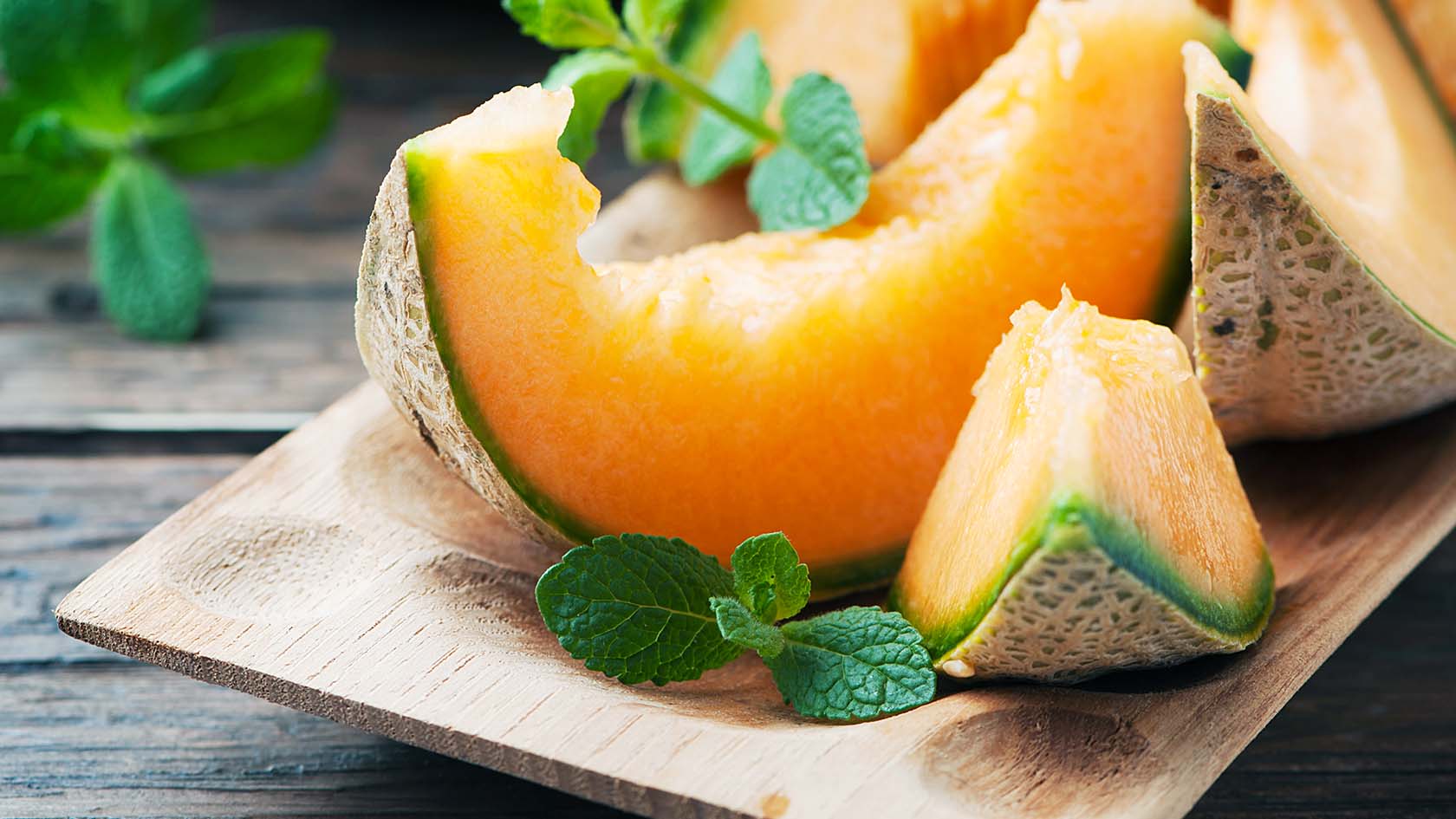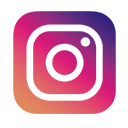Cantalupensis: They present an orange pulp and pale green crust. This is a group native of Asia. Mostly cultivated to be consumed raw. It is cultivated from the warm temperate zone to tropical areas. These fruits have a sweet and tender taste.
Chito: Plants belonging to this group sometimes escapes from cultivation and becomes naturalized in wild places. The fruits are yellowish externally with a pale yellow pulp.
Conomon: The fruit belonging to this group will not exceed 10 cm in length, and will be bitter in taste before maturity.
Dudaim: Due to its small size the dudaim melon fruits are commonly known as pocket melon. In general, they are not cultivated for their edibility but their fragrance.
Flexuosus: Unlike most of the other varieties, these are non-sweet fruits, which grow up to 7 cm in diameter and around 1 m in length. That is why they are known as serpent melons.
Inodorus: This is one of the most commercialized types and also one of the most consumed raw melons. Known as honeydew melons, they present a yellow crust and a pale yellow or greenish pulp. They have a slightly oval shape and reach 15 to 22 cm long and can weigh from 1.8 to 3.6 kg.
Reticulatus: They use to weigh between 0.5 to 2 kg and present a round or oval shape. Their pulp can be orange, green or white with a strong sweet flavour.
 2. ALL ABOUT REPRODUCTION
To obtain fruits, successful flower pollination is required. Most of the melon varieties present two
types of flowers, the ones presenting female and male parts (called perfect) and only male flowers.
However, there are monoecious varieties with exclusive male and exclusive female flowers present in the
same plant. In all cases, the number of flowers presenting male structures is larger and sometimes they
form groups of three to five flowers. Cross pollination has been shown to be beneficial, producing for
example heavier fruits, which can be obtained by performing this type of pollination manually. When
growing outdoors and in large fields, because of the flowers size, honey bees are the main pollinators
together with solitary bees, flies and beetles. It has been verified by field trials that the diversity
and number of insects visiting the flowers increment the rates of pollination. Due to this, some farmers
contract beekeepers to increase the number of visitors resulting in a high yield and a great fruit
quality due to the cross-pollination. It is very effective since the flowers open only once and some of
them do it just for three to six hours in the morning.
2. ALL ABOUT REPRODUCTION
To obtain fruits, successful flower pollination is required. Most of the melon varieties present two
types of flowers, the ones presenting female and male parts (called perfect) and only male flowers.
However, there are monoecious varieties with exclusive male and exclusive female flowers present in the
same plant. In all cases, the number of flowers presenting male structures is larger and sometimes they
form groups of three to five flowers. Cross pollination has been shown to be beneficial, producing for
example heavier fruits, which can be obtained by performing this type of pollination manually. When
growing outdoors and in large fields, because of the flowers size, honey bees are the main pollinators
together with solitary bees, flies and beetles. It has been verified by field trials that the diversity
and number of insects visiting the flowers increment the rates of pollination. Due to this, some farmers
contract beekeepers to increase the number of visitors resulting in a high yield and a great fruit
quality due to the cross-pollination. It is very effective since the flowers open only once and some of
them do it just for three to six hours in the morning.
When the pollination is effective, a female flower will develop a single fruit. Even if the varieties present differences, they have in common basic characteristics. For example, the pulp of the fruit is fleshy and generally sweet. As we explained in the previous section, the color of the pulp and crust can vary from white, greenish, orange to reddish yellow. They also are different in their external texture and size. However ripe seeds are in all cases white to brown, smooth, flattened, elongated and oval-shaped with around 20 mm long.
 3. FIELD REQUIREMENTS
According to FAO (the Food and Agriculture Organization), its average planting density is between 4500
and 5500 plants per hectare. Data from farmers from all around the world reported an average of 3 melons
per plant, with differences according to the fruit size: from 3 to 5 in traditional varieties with
larger fruit and from 3 to 8 melons for varieties with smaller fruit.
3. FIELD REQUIREMENTS
According to FAO (the Food and Agriculture Organization), its average planting density is between 4500
and 5500 plants per hectare. Data from farmers from all around the world reported an average of 3 melons
per plant, with differences according to the fruit size: from 3 to 5 in traditional varieties with
larger fruit and from 3 to 8 melons for varieties with smaller fruit.
It is recommended to locate the plants from 90 to 100 cm apart from each other. This distance provides them with the space to roam they need. For example, the varieties belonging to the Cantalupensis group have an extensive root system with a shallow disposition. To get an idea, plants with an aerial size of 60 cm have an average of 90 cm of roots with a 20 cm taproot. Nevertheless, when the only option is to save as much space as possible, fruits can be obtained even if the plants are only 30 cm apart, although this causes a detriment to the size and quality of the fruit.
The pulp of these fruits is highly juicy, so abundant water disponibility while growing is required. Having three to five centimetres of water depth once a week is recommended. Only when the water is warm or luke during the ripening time, it can cause damage by splitting the fruit.
Fertilization is also key to obtain the highest profit from your melon plantation. Use the SMART Fertilizer software to adjust the exact amount of fertilizer you need for your plants and save money by avoiding overfertilization. If you have any questions or inquiries, you can discuss them with our experts and the SMART Fertilizer community in the forum.







